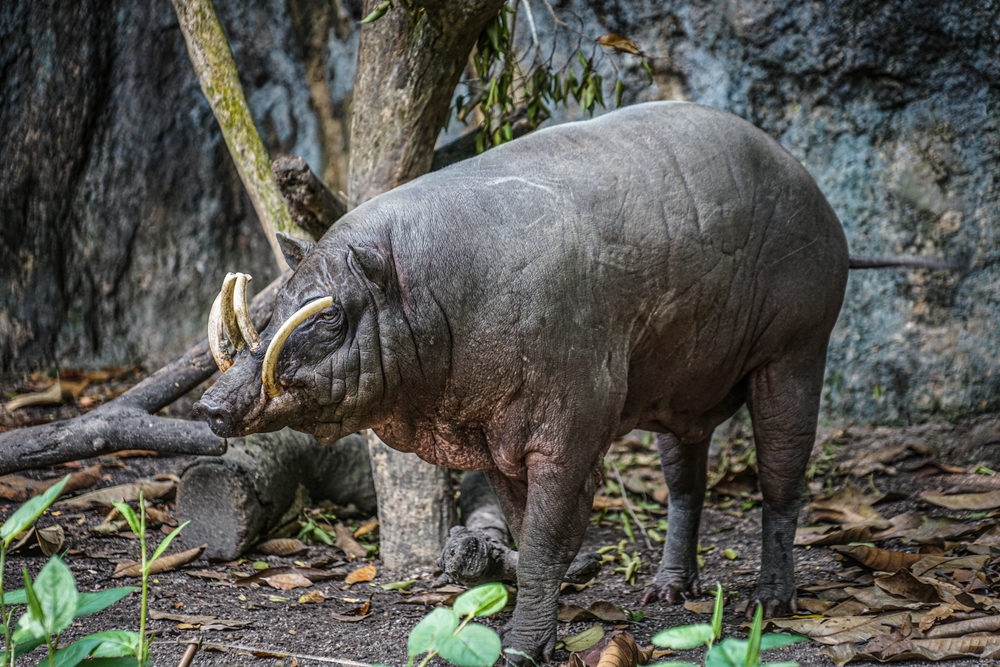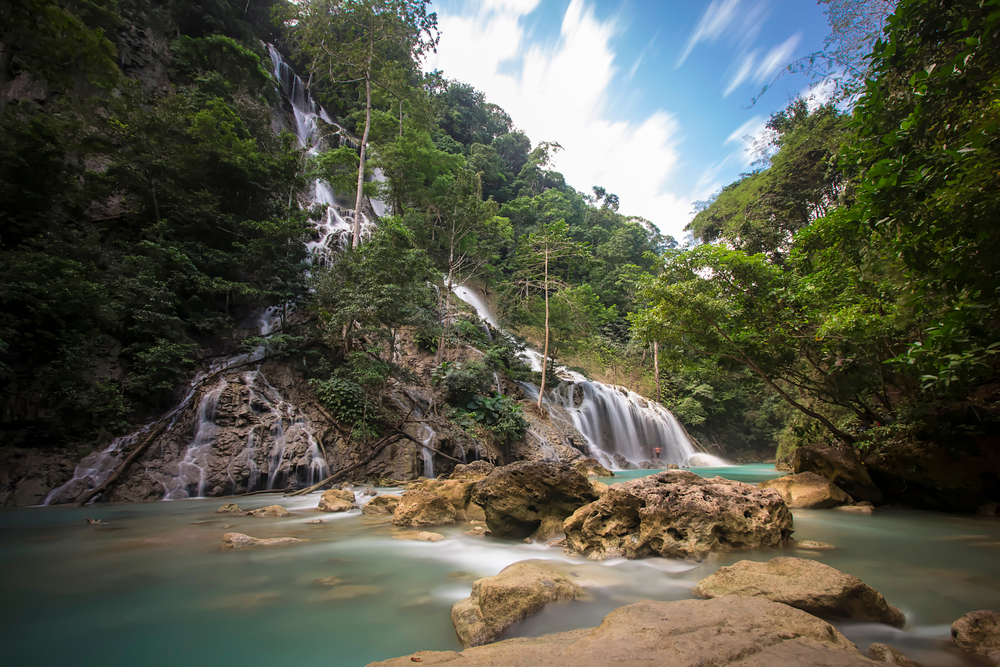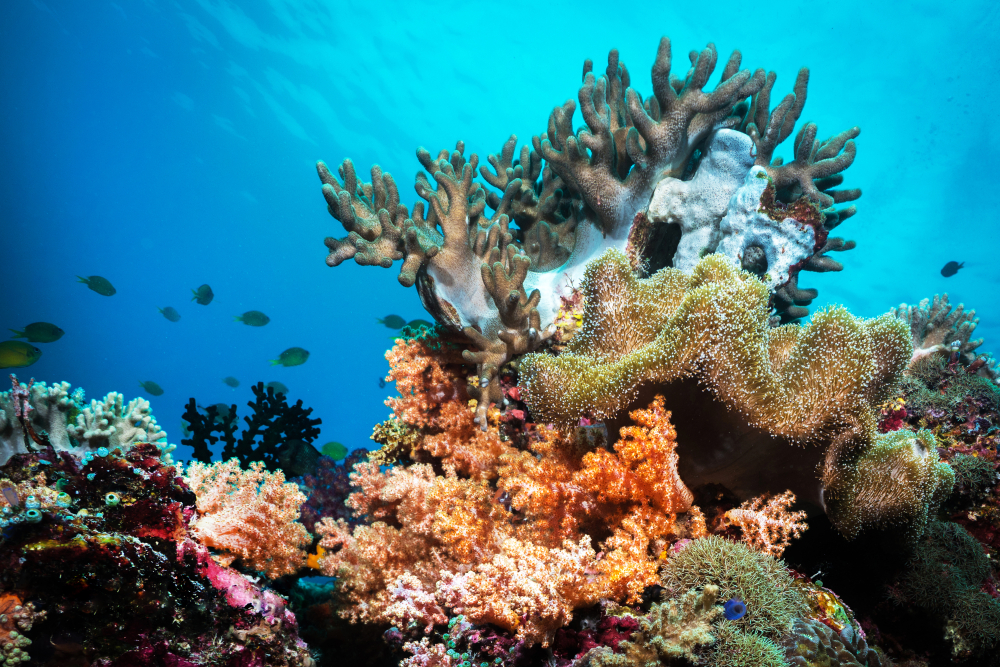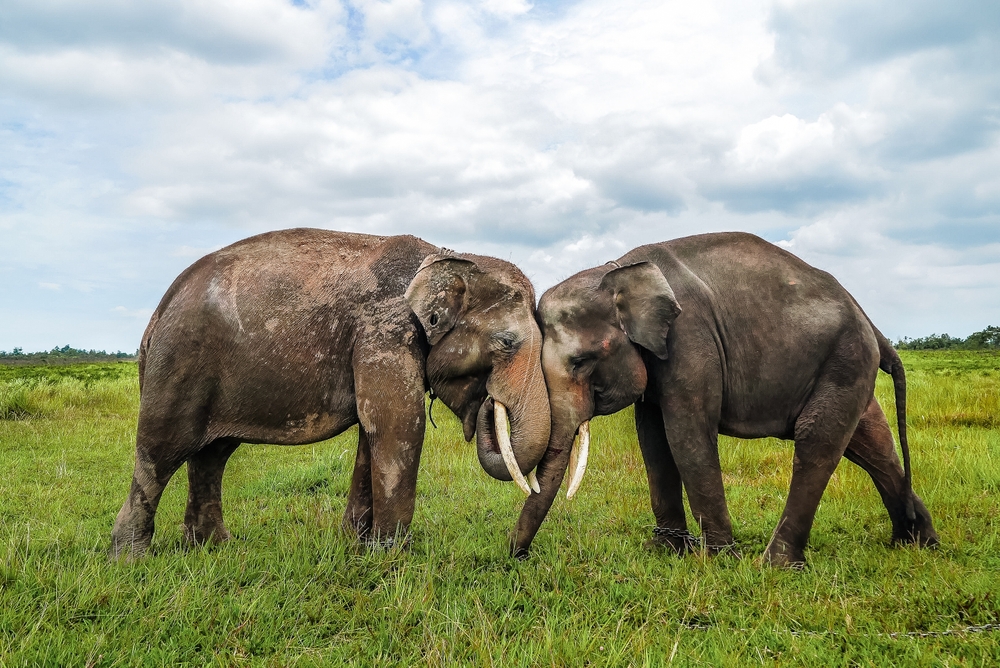Indonesia, an archipelago of over 17,000 islands, is home to 54 officially designated national parks, offering a dazzling array of ecological diversity. The country’s unique geography straddling the equator and its position within the Coral Triangle and the Ring of Fire have endowed it with an astonishing variety of ecosystems, ranging from tropical rainforests and savannas to mangroves and coral reefs. Indonesia’s national parks not only preserve its natural heritage but also protect some of the world’s rarest and most endangered species.
Among the most celebrated parks is Komodo National Park, a UNESCO World Heritage Site, renowned as the habitat of the legendary Komodo dragon. This unique park spans both land and sea, offering visitors the opportunity to explore rugged islands, observe the world’s largest lizards in their natural habitat, and dive into vibrant coral reefs teeming with marine life. Conservation efforts have been successful in stabilizing Komodo dragon populations, although challenges like overtourism and illegal fishing persist.
Gunung Leuser National Park, located in Sumatra, is part of the Tropical Rainforest Heritage of Sumatra and plays a vital role in protecting the critically endangered Sumatran orangutan. This dense rainforest also shelters tigers, elephants, and rhinos, making it one of the most biodiverse regions in the world. Despite its significance, Gunung Leuser faces threats from illegal logging and palm oil plantation encroachment, though increased conservation awareness has spurred reforestation initiatives.
Java’s Bromo Tengger Semeru National Park is another iconic destination, famous for its surreal volcanic landscapes. The park features Mount Bromo, an active volcano shrouded in mist and surrounded by a vast sea of sand. Visitors often hike to the summit of Mount Semeru, Java’s highest peak, for breathtaking sunrise views. Despite the challenges posed by volcanic activity, conservation measures ensure that the park remains accessible while protecting its unique environment.
In Kalimantan, Tanjung Puting National Park is globally recognized as a sanctuary for Bornean orangutans. Visitors can take riverboat tours through its lush rainforests, encountering orangutans, proboscis monkeys, and crocodiles along the way. While deforestation and illegal wildlife trade are ongoing concerns, rehabilitation centers in the park have successfully reintroduced orangutans into the wild.
Lastly, Raja Ampat Marine National Park, located in the heart of the Coral Triangle, boasts unparalleled marine biodiversity. Its crystal-clear waters are home to over 1,500 species of reef fish and 500 species of coral. While marine tourism brings economic benefits, ensuring sustainable practices is critical to preserving this underwater paradise.
Indonesia’s national parks face a delicate balance between conservation and human activity. Despite the challenges of habitat loss, poaching, and climate change, collaborative efforts between the government, local communities, and international organizations have led to remarkable conservation successes, such as increased awareness, ecotourism initiatives, and species rehabilitation programs. These parks serve as vital refuges for Indonesia’s incredible biodiversity and as global symbols of the need to safeguard our planet’s natural wonders.




























































































































